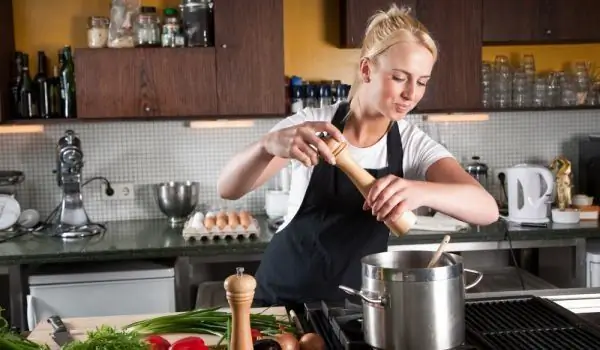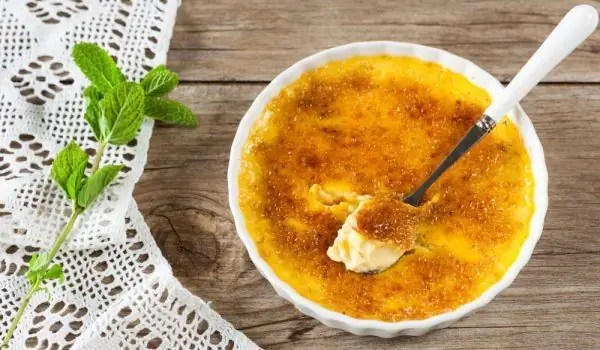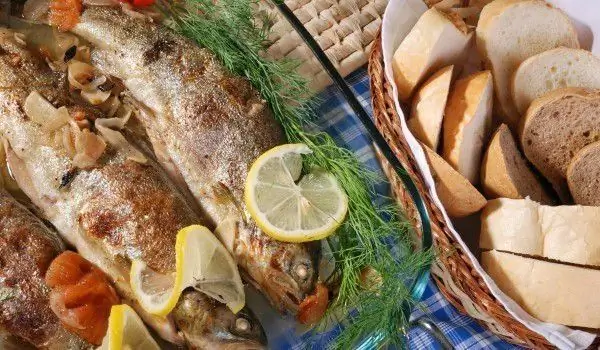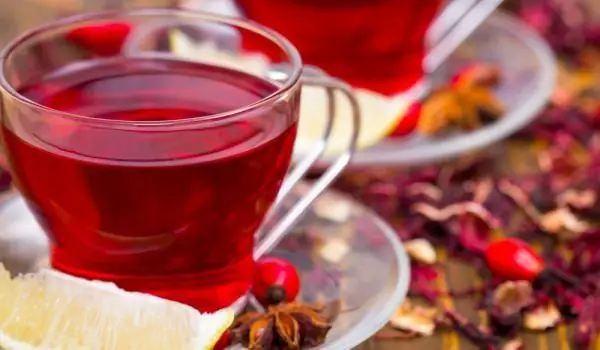2025 Author: Jasmine Walkman | [email protected]. Last modified: 2025-01-23 10:18
Every chef must understand and learn the basics of food heat treatment. There are three ways to transfer heat to food:
Conduction
This is the transfer of heat between two objects as a result of direct contact and the movement of heat inside the food. When a pan is placed on the stove, the heat from the hob is transferred to the pan, and the metal in the pan transfers it to the food being cooked.
The best conduction equipment is made of copper and aluminum. Glass and porcelain are poor conductors of heat. Induction hobs have a ceramic or glass coating, under which electromagnetic coils are placed. When the pan is placed on the hob, the coils create a rapidly changing electromagnetic field. This field affects the material of the vessel, its atoms move in an oscillating motion and the vessel heats up. This is a very fast, effective and safe way to prepare food. Special containers must be used.

Convection
Here the heat is transferred through air and water whether in a natural or mechanical way. Natural convection occurs when there is circulation in the liquid. When you put a pot of water on the stove, the water at the bottom is heated and rises to the surface. The colder water from above falls to the bottom and circulation is created, thus gradually warming all the water or other liquid in the vessel. This natural circulation is slower with thicker liquids, so you need to stir (for soups and sauces). Otherwise, they may burn at the bottom of the pan. Stirring helps to warm up faster and more evenly. Examples of mechanical convection are the fans in the ovens and the combi ovens (they are steamed). Their purpose is to evenly heat the food.
Broadcasting
It transmits energy through waves. Infrared and microwaves are often used in the kitchen. Grills, toasters and special ovens with infrared heaters transmit heat by heating electrical or ceramic elements that reach a high enough temperature to radiate waves of energy through the food and cook it. Microwave ovens emit invisible waves of energy that cause food molecules to rub against each other. Friction creates heat that spreads in the food. Material that does not contain water cannot be heated in a microwave oven. The dishes become hot because the food gives them heat.
Recommended:
Three Ways To Make Creme Brulee

Although most people think that creme brulee was invented by French chefs, it is actually an English invention. It originated in the 17th century in Cambridge and only in the 19th century became famous in France, where it received its current name.
Three Ways To Bake Fish

Here are three easy recipes for cooking grilled fish, suitable for almost any type of fish that can be grilled. Oven-baked fish with cream Ingredients: 4 fish the size of mackerel or trout, 2 lemons, 2-3 cloves of garlic, rosemary, salt and pepper to taste, 200 ml.
Medicinal Hibiscus: Three Ways To Use

Hibiscus is an extremely useful plant. It can be used in many variants - tea, steam bath, salad. In this way, two things can be achieved - treatment and great taste. Take this medicinal plant and cook food with great taste, while protecting yourself from a number of diseases.
Three Ways To Make Caramel Cream

Cream caramel is one of the most common desserts in our kitchen. No matter how it is prepared, it is among the favorite desserts of the whole family. It can be made in a large metal container and then portioned, as well as in special aluminum molds known as timbals.
Three Ways To Make A Stephanie Roll

Stephanie roll is a frequently prepared dish in our national cuisine. It is easy to perform, does not require much time and can be served both in our daily menu and on more solemn occasions. Here are three options for how to prepare meatloaf :

